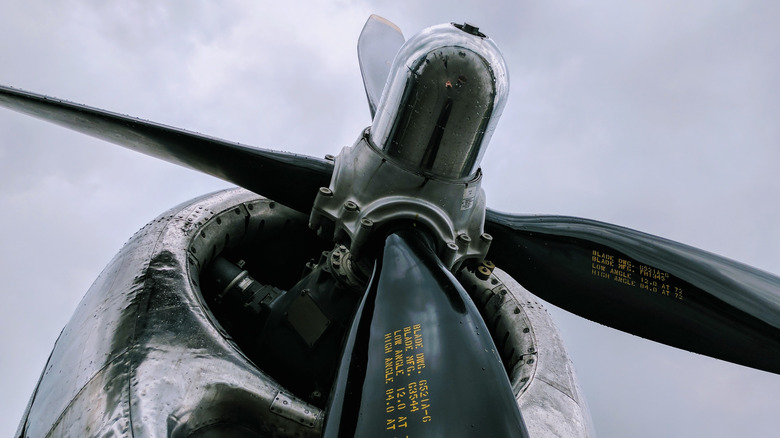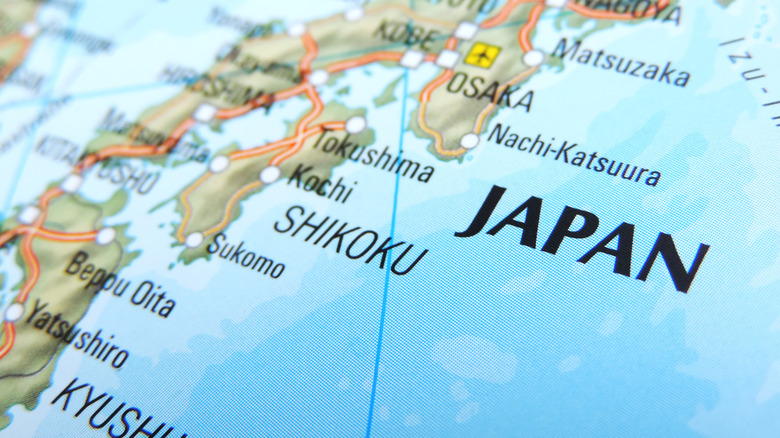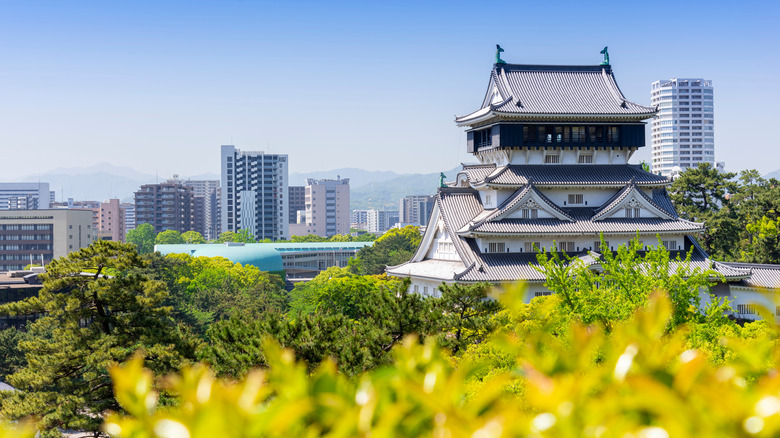Nagasaki Wasn't Actually The Primary Target For The Atomic Bomb
The United States used the first and, thus far, only atomic weapons in warfare in August 1945. On August 6, a bomb fell on Hiroshima, Japan, killing 80,000 people instantly. This was followed by an attack on Nagasaki on August 9, with 40,000 killed (via History). Radiation would poison and kill over 200,000 more in the aftermath, according to Newsweek. Japan surrendered to the Allies shortly after, ending World War II.
Today, debate continues over the decision to use the bomb (summarized by Newsweek). On the one hand, it was thought a demonstration of such power would end the war immediately, save millions of Allied troops from death in an invasion of Japan, and expand U.S. post-war power over the Soviet Union. Further, that death toll was similar to the city bombing campaigns that had taken place throughout the war. It was not an outlier. On the other hand, some historians point out it was the August 8 Soviet declaration of war against Japan that caused the Japanese leadership to prepare for defeat. Further, some top American officials at the time believed Japan was ready to surrender before the atomic bombs were dropped and that a negotiated surrender was possible (via The Asia-Pacific Journal). But a little-known part of the story is that the destruction of Nagasaki almost didn't happen.
Target: Kokura
In the dark of the morning on August 9, the B-29 bomber Bockscar took off from Tinian Island in the Pacific, carrying a nuke named "Fat Boy." According to National Geographic, it headed for the city of Kokura, northeast of Nagasaki, on the opposite side of their Japanese island (Kyushu). Kokura was the primary target, due to its large military arsenal.
When the B-29 arrived, it had a problem. The bomb could only be targeted by sight, and due to cloud cover Kokura was not visible. The bomber circled in the air three times before the crew commander ruled they would head for the secondary target: Nagasaki.
"The winds of destiny seemed to favor certain Japanese cities," a New York Times reporter on the flight wrote. But he may have been wrong. According to Newsweek, this event may not have rested entirely on the simple luck of weather. A Japanese steelworker in neighboring Yawata named Satoru Miyashiro later said his plant had been continually burning coal tar to blind potential Allied bombers and prevent Yawata from being the next Hiroshima. The Bockscar found clear skies over Nagasaki, a manufacturing center, and dropped its bomb.
'Kokura's Luck'
Months later, Kokura residents learned of their near-miss, according to Bloomberg. Eventually, "Kokura's Luck" became a Japanese saying for when you avoid danger without being aware anything was wrong.
Today Kokura is part of the city Kitakyushu. In Kitakyushu Park, there stands a Nagasaki Atomic Bomb Memorial Bell and Monument, which commemorates the nuclear attack and describes how close Kokura came to annihilation. The park is at the location of the former arsenal that attracted U.S. attention in 1945. In July and early August, Kitakyushu educates its students on Hiroshima, Nagasaki, and Kokura's place in the story. Youths are encouraged to "think about the importance and preciousness of peace," a city official said.
In April 2022, the city opened the new Kitakyushu City Museum of Peace (via The Mainichi), which tells its story and displays items from Hiroshima and Nagasaki. The paper also notes that survivors from those cities still gather annually in Kitakyushu to remember.


